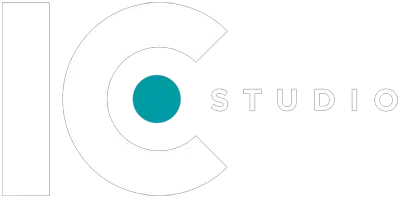Digital vs. Print: Choosing the Right Format for Your Product Catalogue
In the ever-evolving landscape of marketing, choosing the right format for your product catalogue is a critical decision. Should you go digital or stick with the traditional print version? Each format has its own set of advantages and drawbacks. In this article, we’ll explore the key considerations to help you make an informed choice between digital and print for your product catalogue.
Digital Catalogues: The Modern Approach
1. Cost-Effective Distribution: One of the primary advantages of digital catalogues is their cost-effective distribution. You can reach a global audience without the expenses associated with printing, shipping, and distribution.
2. Interactivity: Digital catalogues offer the opportunity for interactivity. You can embed videos, clickable links, and interactive elements to engage your audience. This dynamic approach can lead to higher user engagement and better tracking of customer behaviour.
3. Real-Time Updates: Keeping your product information up-to-date is easier in the digital realm. You can make changes instantly, ensuring that your customers always have access to the latest offerings and pricing.
4. Analytics and Insights: Digital catalogues provide invaluable data through analytics. You can track user interactions, page views, click-through rates, and more. This data helps you understand your audience better and fine-tune your marketing strategies.
5. Eco-Friendly Option: Going digital aligns with environmental sustainability goals. It reduces paper waste, energy consumption, and carbon emissions associated with traditional print catalogues.
6. Accessibility: Digital catalogues are accessible 24/7 from various devices, enhancing convenience for your customers. They can browse your offerings whenever and wherever they choose.
Print Catalogues: The Tangible Charm
1. Tangible Experience: Print catalogues offer a tactile and sensory experience that digital formats can’t replicate. Customers can physically flip through pages, which can leave a lasting impression.
2. Targeted Marketing: Print catalogues can be highly targeted. You can send them to specific demographics or existing customers, increasing the likelihood of conversions.
3. Brand Authority: A well-designed print catalogue can enhance your brand’s perceived authority and credibility. It showcases a commitment to quality and attention to detail.
4. Less Digital Competition: As more businesses focus on digital marketing, the relative scarcity of print catalogues can make yours stand out in a crowded marketplace.
5. No Technical Barriers: Print catalogues require no internet connection or technical skills to access. They cater to a broader audience, including those who might not be tech-savvy.
6. Collector’s Item: For some customers, print catalogues become collector’s items, creating a sense of loyalty and nostalgia for your brand.
How to Decide
Choosing between digital and print catalogues depends on your specific business goals and target audience. Here are some steps to help you decide:
1. Know Your Audience: Understand your audience’s preferences and behaviours. Do they prefer the convenience of digital or the tactile experience of print?
2. Define Your Budget: Consider your budget constraints. Digital catalogues might be more cost-effective for wide distribution, while print can be effective for targeted campaigns.
3. Evaluate Your Product Line: Some products might be better suited to digital catalogues, while others benefit from the visual appeal of print.
4. Consider the Lifecycle: Think about the shelf life of your products. If your offerings change frequently, digital might be more practical for real-time updates.
5. Combine Both: In some cases, a hybrid approach combining digital and print catalogues might be the ideal solution. This allows you to cater to a broader range of customers.
Conclusion
The choice between digital and print catalogues is not a one-size-fits-all decision. It hinges on factors like your audience, budget, products, and marketing goals. Ultimately, a well-informed strategy might involve using both formats strategically to maximize your reach and impact. Regardless of your choice, remember that the goal is to provide a seamless and engaging experience for your customers, leading to increased sales and brand recognition.
Why not chat with the ICS Integra Creative Studio pros and turbocharge your next catalogue project?


